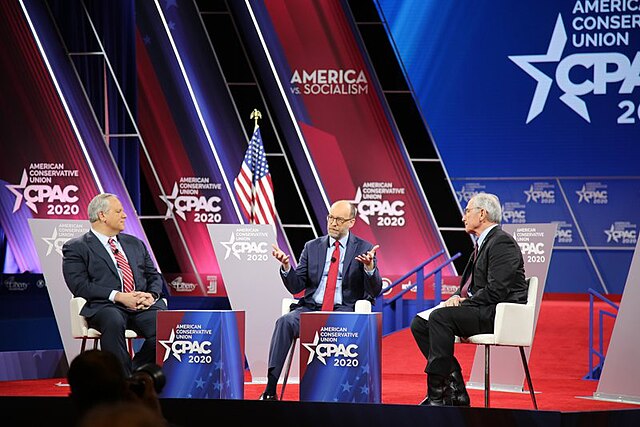Barn door secured 11 months after cow reaches Washington, D.C.

One the one hand, this is all accurate, at least as a description of how things have turned out:
Since Donald Trump first became president in 2017, I have written many articles — and even a book — that focused on the efforts by his aides to contain his impulses and stop him from waging a retribution campaign against his enemies.
Throughout my reporting, I — like many journalists in the midst of an intense and complex story — wondered: Was I accurately capturing the facts? I knew that the people around Trump often justified working in his administration by saying they would serve as guardrails against his most extreme impulses, but how could I know for sure that these checks on his power were actually the force holding him back?
I had those doubts because we, as reporters, very rarely get to see the counterfactual, to test our reporting by witnessing how the world would play out if the circumstances were different.
But Trump’s second term has given us that unique opportunity.
The people who sought to restrain the president back then, like his former chief of staff John Kelly and his White House counsel Donald McGahn II, are gone, and so are the hypotheticals. We are now seeing how a truly unshackled Trump uses his power.
Nine months into Trump’s second term, he has done several things he was stopped from doing during his first term. He has exerted more direct pressure on the Justice Department to bring charges, apparently spurring prosecutors to secure an indictment against at least one target who eluded him during his first term. And he has greatly expanded presidential powers, including by deploying the military on domestic soil in more sweeping ways than he did during his first term.
In tonight’s newsletter, I’ll explain what Trump’s second term has taught us about his first: The guardrails worked, up to a point. (See: Jan 6.)
And many of the stark warnings about what would happen without them — which were issued loudly during the presidential campaign by the very people who had once sought to restrain the president — have proved true.
On the other hand — and this is more about the press as a collective than any particular reporter — now you tell us? Perhaps taking Trump at face value during the 2024 campaign rather than Savvy assumptions that the “guardrails” that would clearly not remain in place would remain in place?
From a pure strategic perspective, the Harris campaign’s late pivot to warnings about threat to democracy seems to have been a mistake; voters were just not persuaded by it, despite its being completely correct. But the public not taking these warnings seriously didn’t happen in a vacuum either.


